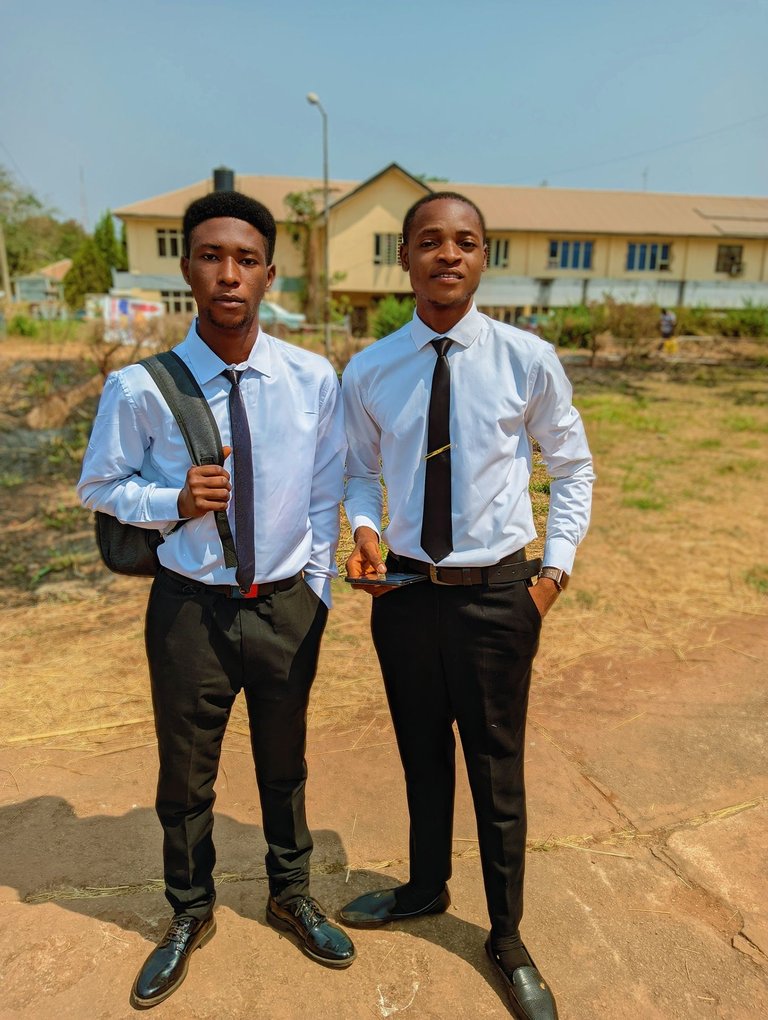The secret of Arm Movements- The Shoulder Joint

It's strange how something as seemingly little as a joint can play such a crucial part in our daily life. The shoulder joint allows us to do amazing things like throw a baseball or reach for a cup of coffee without even thinking about it.
In the next moments, we will reveal the secrets of the shoulder. We'll have a conversation about the bones, muscles, tendons, and other components that work together to make this joint move smoothly. The mechanisms that allow for such a wide range of motion while remaining so stable will be revealed.
However, this isn't only an academic exercise. No way! Along the road, we'll be able to enjoy ourselves. To keep things lively and entertaining, I'll relay some information that will spicy the reading!!
Having a firm grasp on the Joint

Because of its complexity and adaptability, the shoulder joint facilitates a broad variety of actions in the upper limb. There wouldn't be any throwing, lifting, or reaching without it. In this essay, we will investigate the articulation, accompanying structures, motions, and variables affecting stability of the shoulder joint.
The synovial shoulder joint is a fluid-filled chamber within a synovial membrane that allows for full range of motion. The joint fluid aids in lowering friction between the moving parts. The shoulder joint is formed by the rounded humeral head articulating with the scapula's shallow glenoid cavity. This setup permits a great deal of mobility, but at the expense of the joints' structural integrity.
Fibrous capsule enclosing the shoulder joint cavity and providing some support. Coracohumeral ligament, superior glenohumeral ligament, middle glenohumeral ligament, and inferior glenohumeral ligament are all ligaments that attach to the capsule and strengthen it. These ligaments aid in limiting motion and keeping the joint stable.
The shoulder joint is held together by ligaments, but it also benefits from the assistance of a number of muscles and tendons. The rotator cuff consists of the muscles that surround the shoulder joint and work to keep it stable. These muscles include the supraspinatus, infraspinatus, teres minor, and subscapularis. These muscles are also crucial for the generation and regulation of shoulder motion.
Bursae are fluid-filled sacs that can be found inside the joint area and serve to minimize friction between components. The subacromial bursa, situated between the scapular acromion process and the supraspinatus tendon, plays a crucial role in preventing injury to the supraspinatus tendon.
The subacromial area, axillary nerve, and biceps tendon all have significant connections to the shoulder joint. Certain medical disorders, like as impingement syndrome and rotator cuff injuries, need an awareness of these connections.
The shoulder may be moved in a number of different directions, including flexing, extending, abducting, adducting, rotating inwards, and rotating outwards. You can do a lot of other things like reach up high or toss a ball using those kinds of motions. The deltoid, pectoralis major, latissimus dorsi, teres major, and rotator cuff muscles are all involved for these motions.
The anterior and posterior circumflex humeral arteries, both of which originate from the axillary artery, give blood to the shoulder joint. These arteries supply the joint with the oxygen and nutrients it needs to operate normally.
The axillary nerve, which originates in the brachial plexus, provides sensory and motor innervation to the shoulder joint. The joint and its surrounding muscles rely on this nerve for both sensory and motor innervation.
Let's talk about what can influence shoulder stability now. The glenoid cavity is shallow in relation to the size of the humeral head, which is an important component. This structural setup grants increased mobility at the expense of some steadiness. The surrounding muscles, tendons, and ligaments also contribute greatly to the joint's stability and inability to move too much.
There are a number of diseases and injuries that can impair shoulder function, and these all have clinical correlations.

Torn rotator cuffs, dislocated shoulders, impingement syndrome, and frozen shoulders are all possible outcomes. The diagnosis and treatment of these diseases need an in-depth familiarity with the structure and function of the shoulder joint.
Ultimately, the shoulder joint is a fascinating and intricate mechanism that enables a great deal of upper-limb mobility. Its purpose is a result of the sum of the parts—its articulation, accompanying structures, motions, and elements affecting its stability. Medical experts' ability to detect and treat shoulder-related diseases depends on their familiarity with the shoulder joint's anatomy.
References
- https://www.ncbi.nlm.nih.gov/books/NBK537018/
- https://www.kenhub.com/en/library/anatomy/the-shoulder-joint
- https://teachmeanatomy.info/upper-limb/joints/shoulder/
- https://www.ncbi.nlm.nih.gov/books/NBK537018/


Thanks for your contribution to the STEMsocial community. Feel free to join us on discord to get to know the rest of us!
Please consider delegating to the @stemsocial account (85% of the curation rewards are returned).
You may also include @stemsocial as a beneficiary of the rewards of this post to get a stronger support.